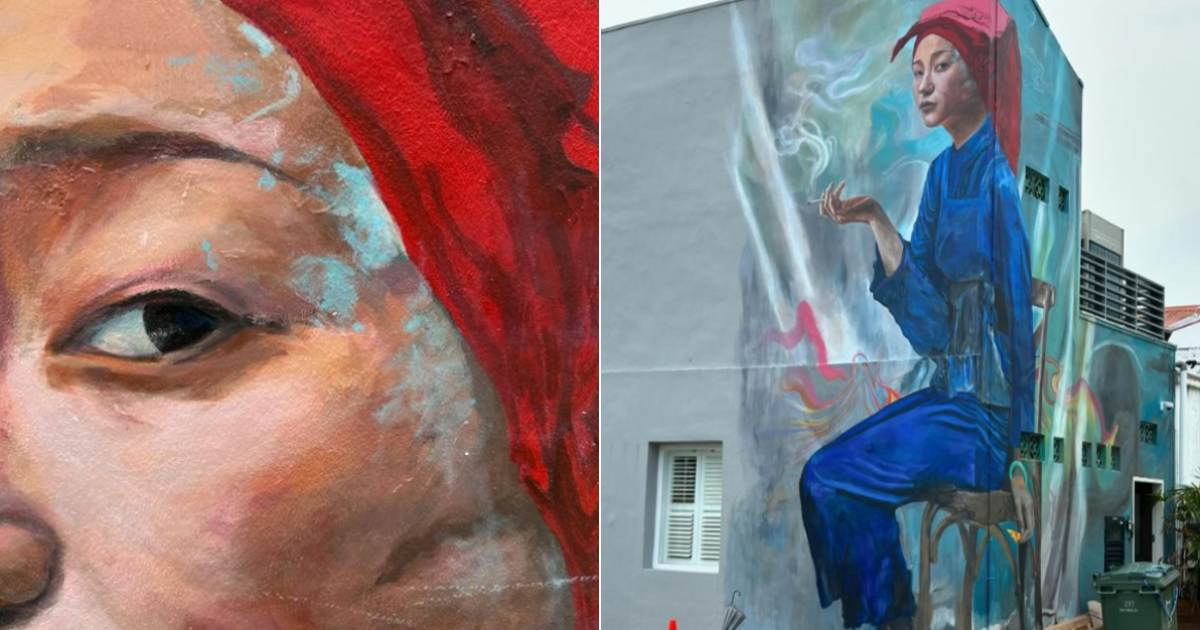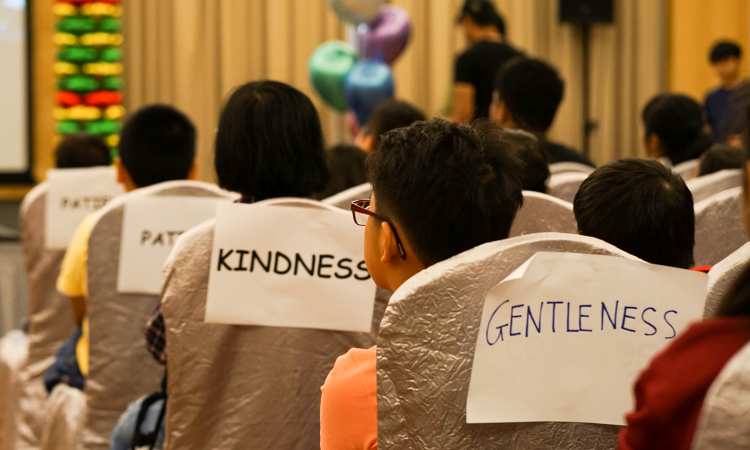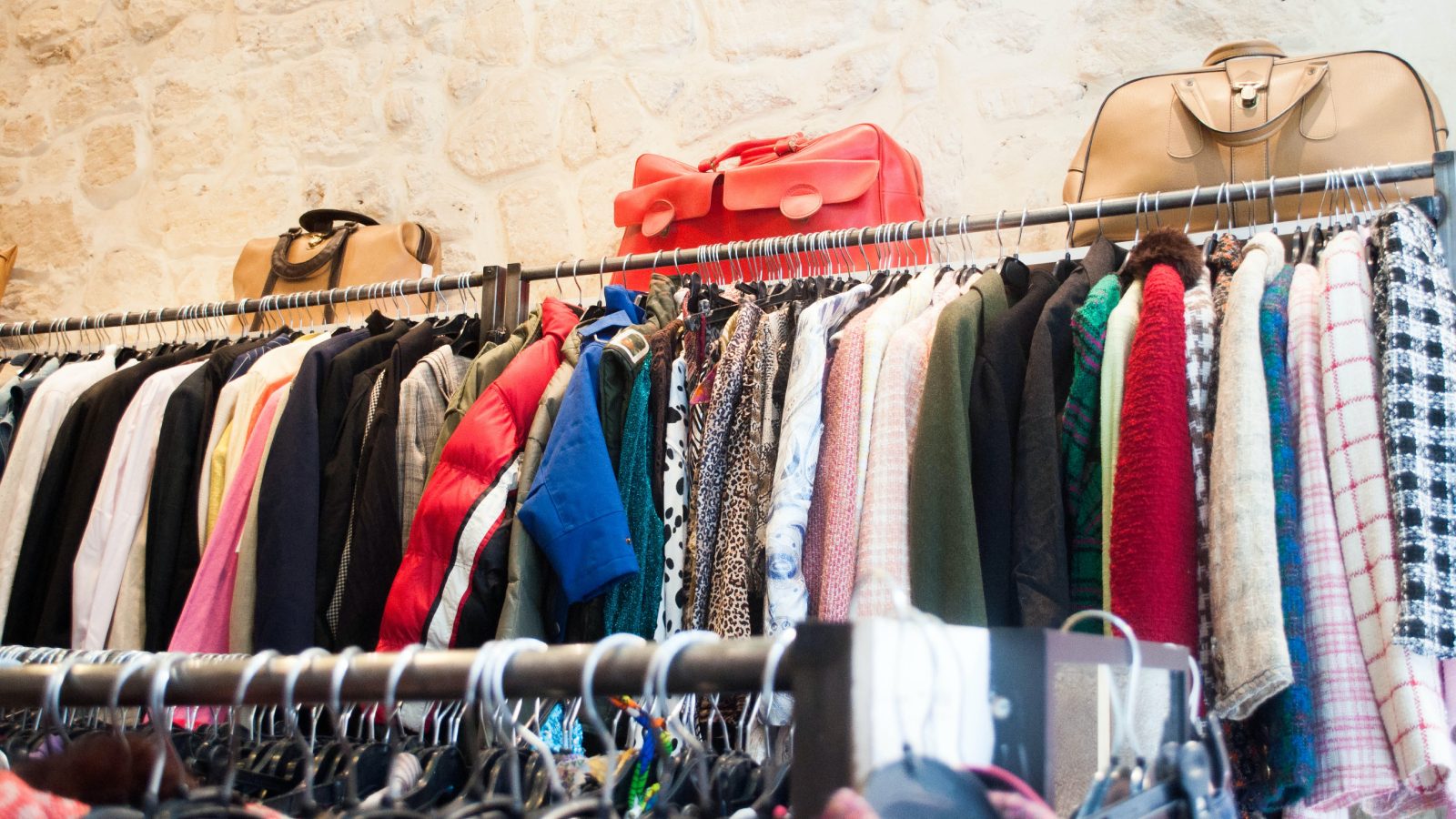Imagine this: You’re standing in a crowded MRT cabin when an elderly man enters. He struggles to maintain his balance, clutching the overhead railing and steadying himself with a walking stick, finally making his way to the reserved seats. There, a young, seemingly able-bodied man is seated. He sees the elderly man but hesitates to give up his seat. What would you do?
Walk over to mediate? Or whip out your phone to snap a picture and shame that young, rascal? Or, better still, record the entire exchange on video?
But what happens if the young man really needed that seat? As it turned out, he appeared discourteous but he was seated because he had injured his knee badly. Invisible to everyone’s eyes, he was wearing a brace underneath his jeans because any drastic movement would cause him to sweat in pain.
I would know because it happened to me. As the elderly gentleman approached, I felt confusion and terror as I imagined my face gracing the front page of STOMP or Mothership.sg.
Given this experience, you can imagine my reservations when the so-called ‘bracelet woman’ video went viral last week. Filmed at the Tiong Bahru Owndays outlet, the video shows an Indian woman hitting and verbally abusing the “Chinese girls” who staff the store.
Related article: Service staff in Singapore deserve more respect
The woman was arrested. While there is no excuse for violence and I hope that proper justice will be served in due course, I was inclined to side with the woman when she started yelling, “Stop taking video.”
Other stories you might like




Ever since the launch of the STOMP platform, it has become a common practice to film bad behaviour and post it online for judgment by an Internet mob. The Tiong Bahru incident is a perfect example why this practice needs to stop.
Despite gathering more than a million views, nobody knows what really happened. We don’t know what triggered her and we don’t know anything about the woman’s background. Yet, there are hundreds of comments labelling her a racist, suggesting prison time and even a top comment calling on AVA to ‘cull’ her.
What if she had been genuinely provoked? What if she was suffering – as some netizens suggest – from an invisible mental health condition like schizophrenia? If so, posting the video online would be seriously unfair to a possible innocent woman.
At best, these STOMP-like videos point out cases of poor behaviour. At worst, they hurt and shame the people who will be lynched by an Internet mob who cannot wait to get the full picture before passing their own judgment, which could also be uninformed or biased.

Remember Syn Cuthbert? In 2015, he was the man who was publicly shamed for refusing to give up his MRT seat to a woman carrying a child. As it turned out, he was ill and suffering from a heart condition. Before he could explain any of this, his face was all over social media along with the hashtag, #DisgustingFellow.
The same goes for the woman who was recently seen breastfeeding on the MRT train. Whatever your views on public breastfeeding are, spreading that photo was extremely unkind.
Even if what we consider to be a wrongdoing happened in the public space of an MRT train or a shopping centre, should we go to the extent of publicly shaming someone? Offline, the person gets a chance to defend his or her actions. On social media, half of Singapore will recognise you as the devil incarnate before you can attempt to apprise the social justice warriors and their baying mob of your version of events.
Related article: How to respond to a social media spat?

When it comes to unfair shaming, the playing field heavily favours the bully over the bullied.
In all these cases and more, the social media way of tackling poor behaviour ironically ends up becoming another example of poor behaviour. There is so little regard for the feelings of the person being shamed that it often becomes a greater unkindness than the unkindness it is attempting to expose.
While it may be perfectly fine to video an instance of violent or outrageous behaviour for the purpose of making a police report, publishing the alleged misdemeanors of private citizens is another matter, especially if you do not know the full story.
In many cases, the punishment meted out by an angry, viral response is not proportionate to the crime itself.
Ultimately, the practice reflects poorly on us as a society. Shaming lousy public behaviour is not a way to promote graciousness because good behaviour induced by the fear of public humiliation is not true graciousness at all. Do we really want a Singapore where the only kindness is an Orwellian imitation of courtesy produced by surveillance and paranoia?
I don’t, for sure. That’s why I’m eternally thankful that the elderly uncle chose to ask politely for my seat rather than taking a picture and shaming me online. After all, I just needed a few moments to gather my things and shift my weight to the correct foot.
